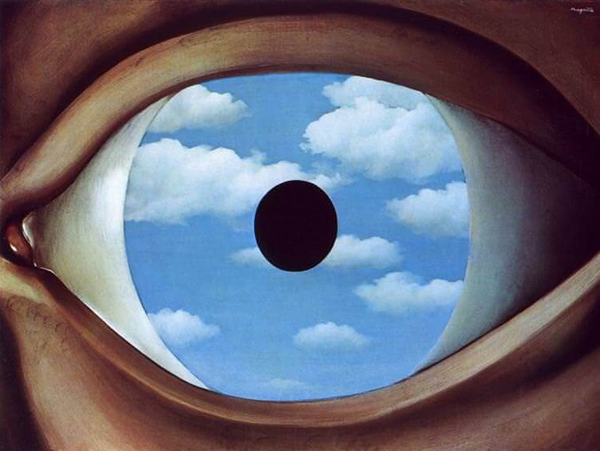Your Cart is Empty
Menu
-
- Tapestries
- Yoga Mats
- Kaleidoscopes
- Our Artists
- Adam One
- Amanda Sage
- Andreilien
- Android Jones
- APEX
- Art of One
- Asirios
- Astral Visions
- Austin Mackereth
- Autumn Skye
- Benedigital
- BL Visuals
- Blake Drezet Art
- Boris Pelcer
- Burgandy Viscosi
- Chris Dyer Positive Creations
- Chris Miele
- Collin Salazar
- Danny Stephens
- Darren Minke
- David Sugich
- Dela
- Dima Yastronaut
- Emily Kell
- Erica Robin
- Free Rein
- Gabriel Welch
- Giohorus
- Gwen A.P.
- I Am Electric
- Jack Laroux
- Johnathan Singer
- Kai Wilder
- Karen Schaefer
- Kirsten Zirngibl
- Light Wizard
- Logan Walden
- Luke Brown
- Marcelo Germana
- Mark Henson
- Martina Hoffmann
- Masha Falkov
- Mélissande Monette
- Moksha Marquardt
- Mr. Melty
- Mugwort
- Natural Warp
- Olivia Curry
- Paul Mez
- Phil Lewis
- Psiloteric Visions
- Psybe Industries
- PsytScene
- Robyn Chance
- Shane Myers
- Sylvia Ritter
- Silvio Vieira
- Simon Haiduk
- Soltice Son
- Steady Lifted
- Swartz Brothers Art
- Sylance
- TAS Visuals
- Totemical
- Trax (Desert Dwellers)
- Tyler Gentry
- Victor Olenev
- Wrenna Monet
- Info
-
- Text 631-743-0278
-
United States (USD $)

Add description, images, menus and links to your mega menu
A column with no settings can be used as a spacer
Link to your collections, sales and even external links
Add up to five columns
Add description, images, menus and links to your mega menu
A column with no settings can be used as a spacer
Link to your collections, sales and even external links
Add up to five columns
Add description, images, menus and links to your mega menu
A column with no settings can be used as a spacer
Link to your collections, sales and even external links
Add up to five columns
Add description, images, menus and links to your mega menu
A column with no settings can be used as a spacer
Link to your collections, sales and even external links
Add up to five columns
Add description, images, menus and links to your mega menu
A column with no settings can be used as a spacer
Link to your collections, sales and even external links
Add up to five columns
Add description, images, menus and links to your mega menu
A column with no settings can be used as a spacer
Link to your collections, sales and even external links
Add up to five columns
Add description, images, menus and links to your mega menu
A column with no settings can be used as a spacer
Link to your collections, sales and even external links
Add up to five columns
Add description, images, menus and links to your mega menu
A column with no settings can be used as a spacer
Link to your collections, sales and even external links
Add up to five columns

Happy Birthday Rene Magritte (Belgium Surrealist Painter)
November 21, 2019 3 min read
The 20th century was a weird-but-exciting era for visual art, with so many new art movements and styles flourishing in just a short amount of time. Casting off the chains of Romanticism and the art movements which had come before, the artists at this age were daring people who ventured beyond the norms of the day to dig deeper into the psyche, the dreams, and the hope of humans, putting them in the forefront of visual art. Following the spirit of the age and wanting to explore humans’ dreams, surrealism is an art movement which almost dominated the first half of the 20th century. Artists who followed this movement employed strange shapes and colours depicting dreamscapes or items in bizarre manners which went against the norms. Of the most famous surrealist painters in the era, René Magritte, a Belgian artist, stood out as one of the finest figures, so much that he has become one of Belgium’s national symbols.
Born in 1898 in Brussels to a family with considerable wealth, Magritte’s childhood was not quite pleasant, especially with the death of his mother when he was 14. The incident was a suicide attempt, and because of that, Magritte’s family suffered humiliation from their neighborhoods. After the incident, both he and his brother were then raised by his grandmother. Interestingly, it was in his teenage years that he met his sweetheart, Georgette Berger, whom he would marry 10 years after.
Magritte went to the Brussels Academy of Fine Arts for two years between 1916 and 1918, but he then quickly left it, declaring it a huge waste of time. He then married Berger and took on small jobs, including painting wallpapers, to make ends meet. However, during his free time, he would work hard with various art forms, and it is in this era, dominated by the abstractionism showcased by Picasso, that he was introduced to the world of surrealism. Having tried various art forms, he settled with surrealism as the one which made him feel the most satisfied.
His first big break came in 1927, with the introduction of the workThe Lost Jockey, which he regarded as his very first step into surrealism. The work was introduced in his first solo exhibition, which, unfortunately, received tirades from contemporaneous critics. Depressed, he moved to Paris to be closer to his Surrealist friends. It was in Paris that he met one of his long-time friends, André Breton, and became a leading figure in Surrealism. Paris was also where he paintedThe Treachery of Images, possibly one of his most well-known pieces.
During the Second World War, Magritte stayed in Brussels, which infuriated Breton so much that he cut off ties with the Belgian artist. This fallout was one of the main reasons why Magritte adopted a more colorful approach to his paintings, creating a period which art historians refer to as “the Renoir period”. For the remainder of his life, Magritte never strayed far from surrealism, as reflected in his late-period paintings. He died in 1967 in Brussels.
The False Mirror (1928) by Rene Magritte

Golconda (1953) by Rene Magritte
**Commissions earned from this post by the Amazon Associates program. If you would like to write for the www.ThirdEyeTapestries.com team click here to send us an email.
Sources:
https://www.britannica.com/biography/Rene-Magritte
https://www.renemagritte.org/
https://www.moma.org/artists/3692
Subscribe
Sign up to get the latest on sales, new releases and more …
